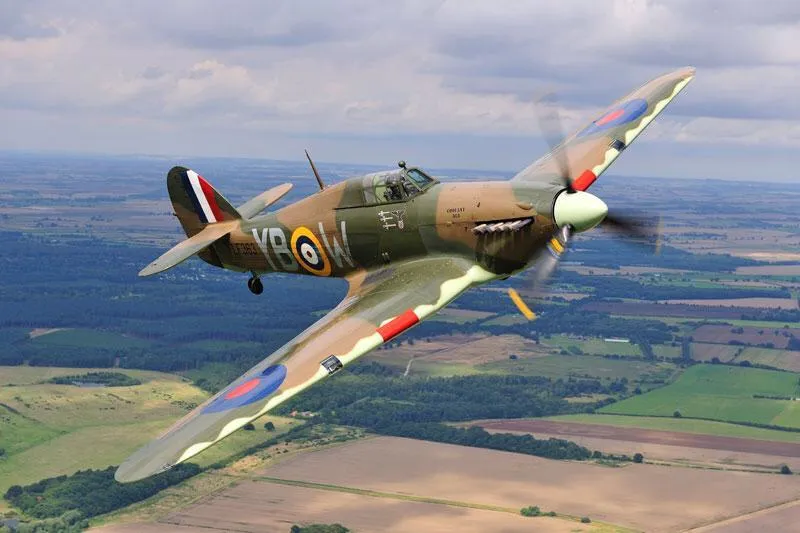Smith, Thomas Charles
Killed in Flying Accident 1941-03-31


Birth Date: 1912
Born:
Son of Thomas Charles and Frances Ellen Smith, of Nottingham, England
Home: Nottingham, England
Enlistment:
Enlistment Date: Unknown
Service
RAF
Unit
601 (F) Sqn- Squadron (RAF)
Base
RAF Northolt
Rank
Pilot Officer
Position
Pilot Officer
Service Numbers
61251
Prev: 84922
Home
 Nottingham, England
Nottingham, England
First Burial
 Nottingham Crematorium, Nottinghamshire, England
Nottingham Crematorium, Nottinghamshire, England
601 County of London Squadron RAF (Auxiliary Air Force), RAF Northolt. Pilot Officer TC Smith (RAF) was killed when his Hurricane aircraft V6987 crashed near Glenridding, England in poor visibility conditions during a snowstorm while transferring the fighter from RAF Northolt to Crosby-on-Eden airfield for exchange. A second Hurricane was also lost on this same flight, crashing near Keswick, England
Pilot Officer Smith had fought in the Battle of Britain
Hawker Hurricane

Source BBMF
The Hawker Hurricane is a single-seat fighter aircraft of the 1930s"“1940s that was designed and predominantly built by Hawker Aircraft Ltd. for service with the Royal Air Force (RAF). The Hurricane developed through several versions, as bomber-interceptors, fighter-bombers, and ground support aircraft in addition to fighters. Versions designed for the Navy were popularly known as the Sea Hurricane, with modifications enabling their operation from ships. Some were converted to be used as catapult-launched convoy escorts. By the end of production in July 1944, 14,487 Hurricanes had been completed in Britain and Canada.
A major manufacturer of the Hurricane was Canadian Car and Foundry at their factory in Fort William (now Thunder Bay), Ontario. The facility's chief engineer, Elsie MacGill, became known as the "Queen of the Hurricanes". The initiative was commercially led rather than governmentally, but was endorsed by the British government; Hawker, having recognized that a major conflict was all but inevitable after the Munich Crisis of 1938, drew up preliminary plans to expand Hurricane production via a new factory in Canada. Under this plan, samples, pattern aircraft, and a complete set of design documents stored on microfilm, were shipped to Canada; the RCAF ordered 20 Hurricanes to equip one fighter squadron and two more were supplied to Canadian Car and Foundry as pattern aircraft but one probably did not arrive. The first Hurricane built at Canadian Car and Foundry was officially produced in February 1940. As a result, Canadian-built Hurricanes were shipped to Britain to participate in events such as the Battle of Britain. Canadian Car and Foundry (CCF) was responsible for the production of 1,451 Hurricanes. Wikipedia and Harold A Skaarup Web Page
 Hurrricane V6987 - Glenridding.
Hurrricane V6987 - Glenridding.  Commonwealth War Graves Commission
Commonwealth War Graves Commission www.findagrave.com
www.findagrave.com Library and Archives Canada Service Files (may not exist)
Library and Archives Canada Service Files (may not exist) Hurricane
Hurricane Wikipedia Hurricane
Wikipedia Hurricane  Hurricane - Kestrel Publications
Hurricane - Kestrel Publications